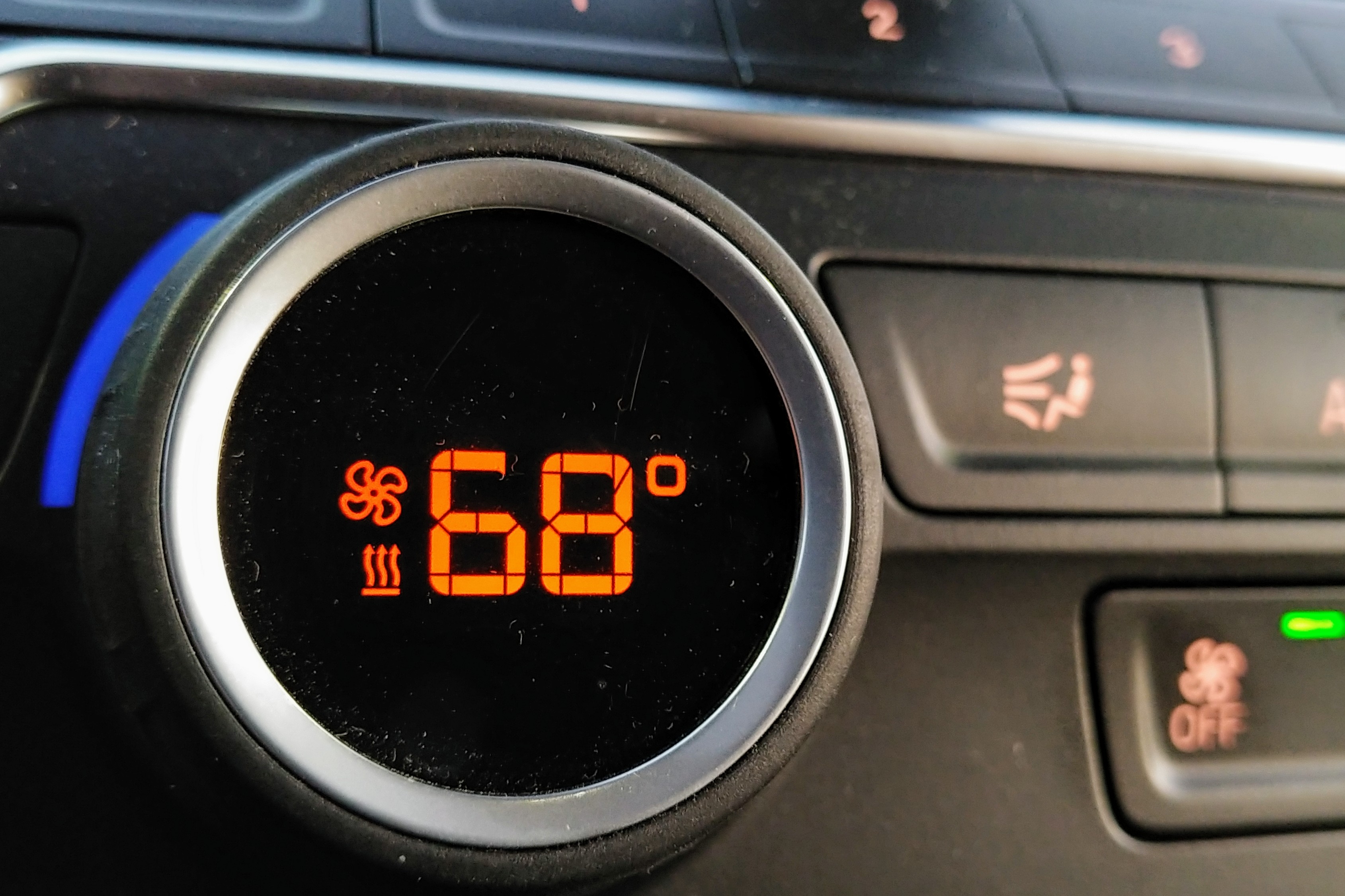On the temperature control dial, there are two icons to the left of the temperature.
The fan icon seems simple enough. It appears to come on to indicate manual control of the fan. In Auto mode, it turns off.
The heat icon (at least I guess that's what it is), I'm wondering about. I found no mention of it in the manual. I can't test it because outside temps have been in the 50's, so it's colder outside than the coldest climate setting.
Does this icon indicate cabin air is being heated, in general? Or that it's coming specifically from the electric coil heat pack, as opposed to the battery heat exchanger?
In fact, since I'm asking, when the heat exchanger is in use, does the coil pack supplement it? Are there times when the heat exchanger works independently?

The fan icon seems simple enough. It appears to come on to indicate manual control of the fan. In Auto mode, it turns off.
The heat icon (at least I guess that's what it is), I'm wondering about. I found no mention of it in the manual. I can't test it because outside temps have been in the 50's, so it's colder outside than the coldest climate setting.
Does this icon indicate cabin air is being heated, in general? Or that it's coming specifically from the electric coil heat pack, as opposed to the battery heat exchanger?
In fact, since I'm asking, when the heat exchanger is in use, does the coil pack supplement it? Are there times when the heat exchanger works independently?




